As smart metering needs continue to grow, utilities are looking for cost-effective, scalable, and secure connectivity solutions and cellular provides the best option. Cellular technologies are highly scalable and secure. With national coverage, cellular connectivity can support a large number of meters in densely populated areas as well as reach those in remote locations.
Usually, smart metering allows utilities to obtain granular, accurate, and timely consumption and quality data that enables them to optimize their system and improve efficiency and revenues. Also, the data provides insights that utilities can use to ensure the optimal balance between supply and demand, hence reducing wastage, losses, and environmental degradation.
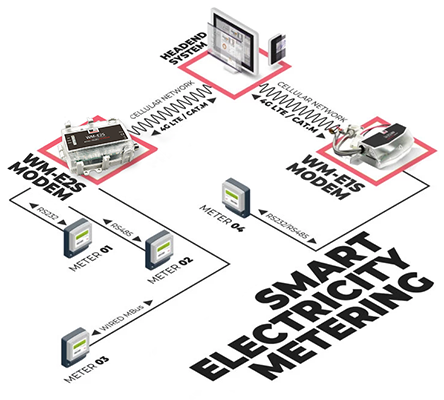
Smart metering involves collecting data at the consumer end-point and other areas along the generation and distribution infrastructure. The smart meter then transmits the data to a central server for processing and analysis. One of the main challenges is the transmission of data either from the smart meter to the server or vice versa.
Ideally, smart metering requires a reliable 2-way communication infrastructure to enable automated meter reading (AMR). Unfortunately, there is no single connectivity technology that can address all the smart metering communication needs.
Today, utilities rely on the automated metering infrastructure (AMI) which uses an array of communication technologies to serve the industries. While the AMI comprises both wired and wireless technologies, it also has some challenges. But, as cellular technology continues to evolve, it is increasingly addressing some of the problems and offering a reliable and cost-effective smart metering connectivity solution.
Communication plays a significant role in smart metering. In a typical system, the meter needs a connection to transmit and receive data to and from the utility server. However, getting a reliable connection is usually a challenge, especially in remote locations, difficult environments, and areas with a high density of smart meters. For example, some locations are far away from reliable physical communication systems such as fiber, ethernet, or WIFI. Additionally, it is very costly and difficult to do physical cabling in densely populated areas or remote and far locations.
In practice, the utilities rely on a combination of communication technologies, depending on the location, available connectivity solutions, and other factors. However, as communication technologies keep evolving, many utilities and technology providers are looking ways to develop and deploy future-ready technologies that last several years. Most metering devices have a lifespan of between 15-20 years, and the smart and connectivity technologies should support at minimum cost and without requiring additional upgrades.
When choosing a communication technology, utilities often look at various factors, including coverage, power consumption, reliability, future-ready capabilities, and security. Another consideration is their flexibility and ability to support large volumes of data hence meeting the future needs as the number of smart meters and data volumes increase.
That said, wireless technologies are attractive since they eliminate the need for expensive and labor-intensive physical cabling. The wireless technologies include 2G/3G/4G LTE/5G, LoRaWAN, NB-IoT, and others. Each of the above has its strengths and limitations and is consequently more suitable for a particular application. In most cases, utilities combine different technologies to achieve smart metering goals.
Today, cellular wireless communications have evolved in terms of coverage, data speeds, and security and therefore have the potential to replace physical fiber and ethernet networks. Further, as the cost of smart metering cellular modules and data plans continues to drop globally, the overall cost is also reducing, hence making cellular connectivity more attractive than other technologies.
The cellular solutions include 2G, 3G, 4G, and LTE, and low-power networks such as Cat-M1 and NB-IoT. Usually, all these are standard technologies and hence easily compatible with a wide range of devices. The difference between these networks is their maximum speeds, as shown below.
Conventional cellular networks
Low power cellular IoT networks
Conventional cellular networks such as the 4G and LTE networks are ideal for high data volume transfers. These have wide coverage and are available in almost any location. However, the devices on these networks consume a lot of energy and are thus not ideal for some battery-operated applications.
While these are suitable for electricity-powered smart meters, they are not the best for battery-operated devices.
One point to note is that the smart meters do not transmit data continuously. Instead, they often send small amounts of data after a certain period, say a few times a day. As such, the devices use very little power and thus help to extend the battery life. To further reduce energy consumption, it is essential to use a low-power connectivity solution.
To achieve this, most utilities use low-power cellular IoT solutions such as NB-IoT and CAT-M networks. These technologies support a wide range of IoT deployments, including those in challenging environments.
Optimized for IoT, the future-ready cellular technologies allow the direct connection of the smart meters to a 4G or LTE network.
Generally, either the NB-IoT or LTE CAT-M1 provides an ideal smart meter connectivity solution, and most vendors supply devices that support the two technologies. However, LTE CAT-M1 is more attractive due to its low latency, higher data rates, strong signal, and higher device density.
The future of Smart metering will be definitely the Cat.M1 / M2 cellular network. But it is good to know that in the case of latest LTE Cat.M and NB-IoT networks, a firmware update can take up to 5-10 minutes. Therefore, these network standards are mostly suitable for transmit small amount of data by less frequently (e.g. at every 4 hours, once a day, 2-5 times a week, etc.).
The NB-IoT/Cat.M modules are having a lot of futher benefits. These modules consuming only a fraction of energy compared tot he previous 2G-3G-4G LTE modules, with a much lower environmental impact (the cellular radiation of the modules are much lower on related frequencies), so they provide much more environmentally conscious usage – a predictable solution with much greater wireless coverage. Last but not least, these cellular modules are cheaper. For a long term, they represent an easy to migrate platform (when a new module standard appears, it is not necessary to redesign the device, just need to replace the module).
Identifying and deploying the right smart metering connectivity technology is critical in ensuring reliable, flexible, and efficient communication. Amongst the many communication solutions, cellular connectivity offers a wide range of benefits in smart metering applications.
The cost-effective technology enables the electricity utilities to easily and quickly benefit from the AMI, hence providing a better user experience while improving efficiencies and revenues.
Benefits of cellular connectivity include;
Utilities do not have to replace the older meters. All that they need is to retrofit them with add-on cellular modems. Leading smart metering and IoT technology providers such as WM systems offer a wide range of customizable internal and external cellular modems to support various wired and wireless networks.
The plug-in upgrade modules are low-power devices with flexible options and add-on capabilities to support a wide range of connectivity solutions. For example, they support older generation networks such as 2G and 3G networks, and the newer and faster 4G, LTE, and 5G.
The future-proof devices ensure that utilities can use them for the lifespan of the metering device – typically two decades or more. Low power design ensures that even devices relying on battery power can last the entire meter lifespan without requiring a replacement, hence saving on labor and maintenance costs.
Besides being future-proof, since they can support the 4G and newer cellular communication technologies such as 5G, the modules provide 2G fallback compatibility. As such, utilities can revert to the older generation networks whenever necessary.
Today, vendors such as WM systems offer internal and external add-on cellular modules that allow utilities to retrofit their existing meters instead of replacing them. Consequently, they can cost-effectively convert legacy meters into smart meters.

Connectivity is one of the critical components of smart metering infrastructure. It allows the metering device to send and receive data to the billing and control server. One requirement for smart metering connectivity is the ability to support two-way communication.
Towards this, cellular communication provides a reliable, secure, and flexible network that can scale and adapt to support an increasing number of smart metering devices. The technology offers an ideal solution to meet today’s and future smart metering communication needs.
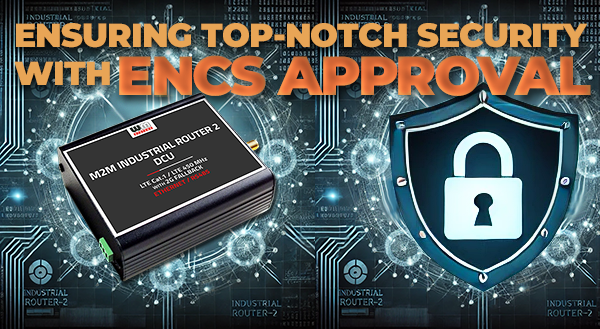
A Testament to Compliance with Key Cybersecurity Standards
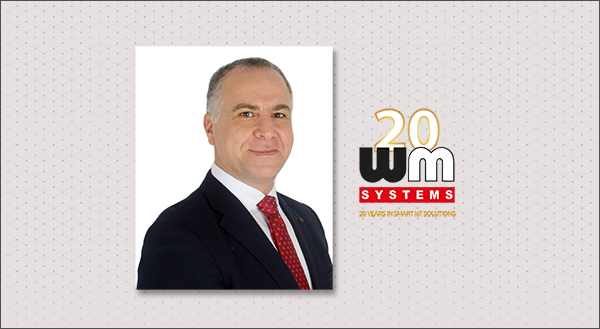
We are thrilled to announce that Ali Mouslmani has joined WM Systems as our new partner in the United Arab […]

Introduction In the rapidly evolving world of industrial automation and IoT, the demand for compact, versatile, and efficient communication solutions […]

Introduction The fourth industrial revolution, or Industry 4.0, is redefining the landscape of industrial operations. Key to this transformation is […]
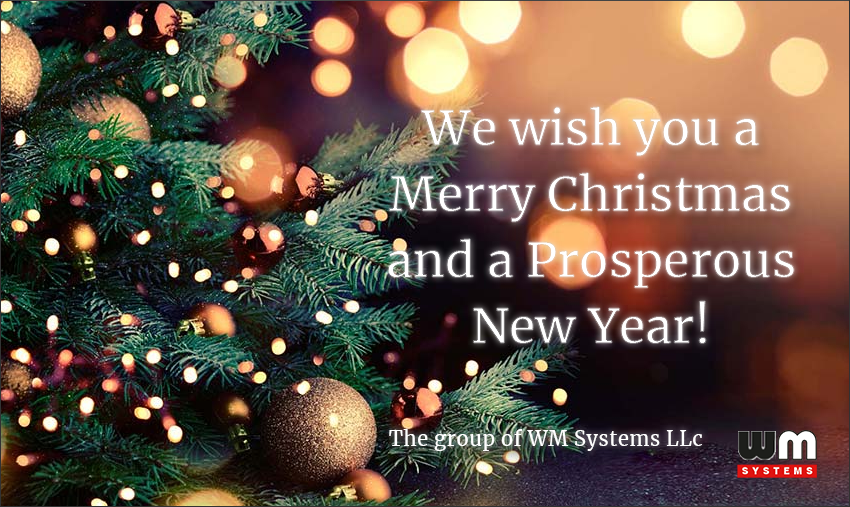
The group of WM Systems LLc.
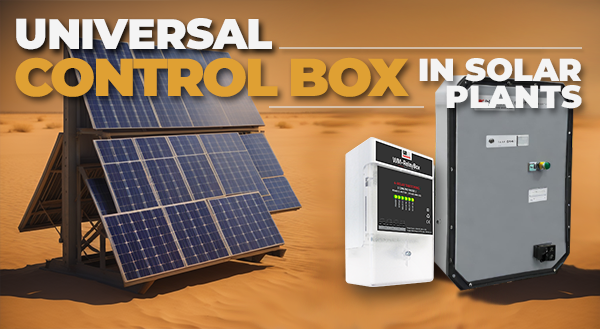
Solar plants and farms are complex systems with a variety of equipment that needs to be monitored and controlled. This […]

Industrial settings are replete with equipment that demands efficient connectivity solutions. With the rise of the Internet of Things (IoT) […]

DIN-rail mountable industrial routers are an essential component of many industrial applications. They provide a reliable and secure way to […]
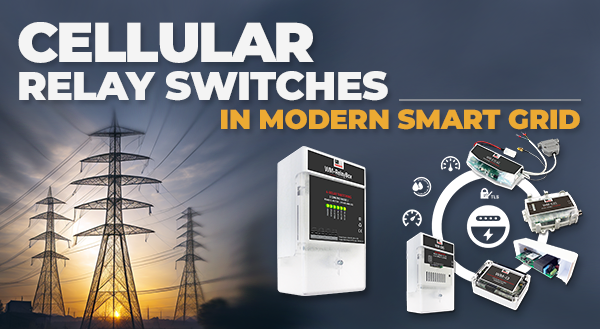
Make the modern smart grid more secure, resilient, and sustainable
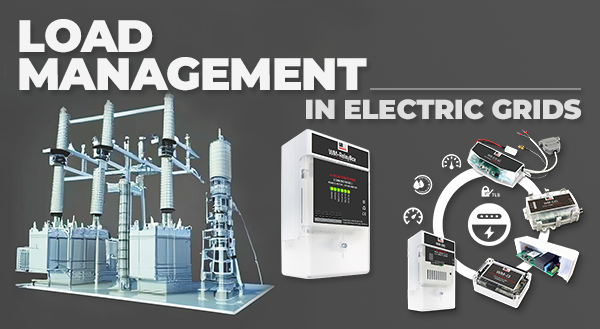
In today’s dynamic world, understanding the nuances of electrical energy management has never been more crucial. A distinct feature of […]
